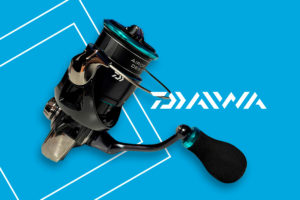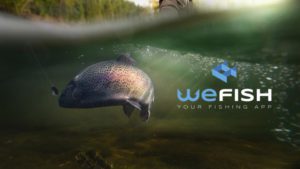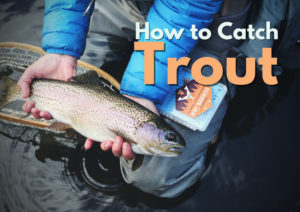Gar are noteworthy opponents on rod and reel, one of the most wanted species by American freshwater anglers. In this new post of WeFish blog we will explain everything you need to know when fishing for gar: types, when and where to find them, how to catch them, best fishing equipment… Get to the end of this post to answer a quiz and show how much you know about this species and its fishing!
To start warming up, watch this incredible video about monster alligator gar fishing on the Trinity River, Texas:

Characteristics of the Gar
First of all we have to say that in this post we are talking about gar fish, the North American freshwater fish of the family Lepisosteidae, don’t confuse it with garfish or needlefish (Belone Belone). Also, gars are sometimes referred to as “garpike”, but are not closely related to pike, which are in the fish family Esocidae.
Gars are large fish with elongated bodies and also elongated jaws filled with long, sharp teeth. If we talk about the alligator gar (Atractosteus spatula) is the largest one, it can length more than 2m (6.5 ft) and weight over 45 kg (100 lb). One of the curiosities of this species is that they have vascularised swim bladders that can function as lungs, so sometimes gars go up to the surface periodically to gulp air.
Types of Gar:
There are 7 live species of Gar, the rest are extant. They are:
- Alligator Gar (Atractosteus spatula): The largest member of the gar family, it’s called like that because locals often mistook it for an alligator.
- Spotted Gar (Lepisosteus oculatus): It is a smaller species of gar and has dark spots covering its head, body, and fins.
- Longnose Gar (Lepisosteus osseus): Second in size to the alligator gar. It can be distinguished from other species of gar by its snout, which is more than twice the length of the rest of its head.
- Shortnose Gar (Lepisosteus platostomus): Its name come from its snout, which is shorter and broader than that of other gar species.
- Florida Gar (Lepisosteus platyrhincus): it can be found in the Ocklockonee river, Florida, and Georgia and it´s commonly confused with the spotted gar.
- Cuban Gar (Atractosteus tristoechus)
- Tropical Gar (Atractosteus tropicus)
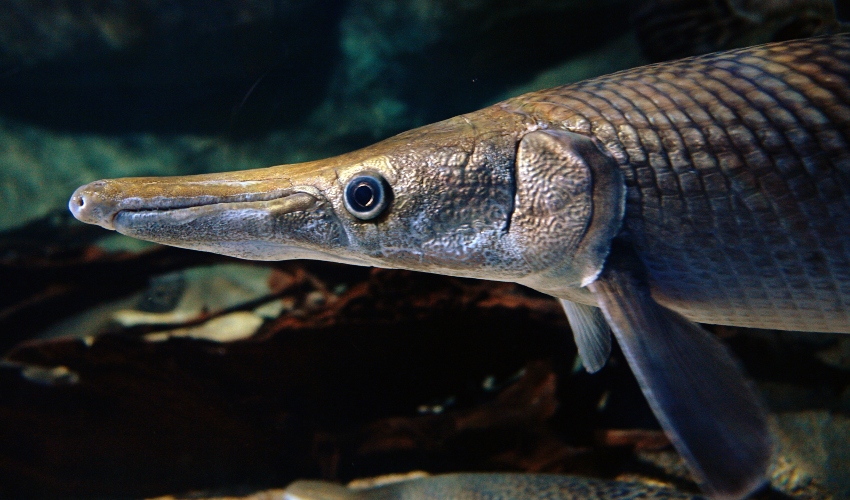
Where to find it?
The family Lepisosteidae includes seven living species existing worldwide, found in North America, Central America and even the Caribbean islands. Five of them are in U.S. waters.The distribution of this fish in North America is mainly in the shallow, brackish waters off of Texas, Louisiana, and the eastern coast of Mexico, as well as in some of the rivers, reservoirs and lakes that flow to them. We can also find some Gar in the Great Lakes region of the United States, living in similar shallow waters.
They prefer the shallow and weedy areas of rivers, lakes, and swamp, often congregating in small groups. On lakes, fish in shallow reaches near the edges of woody and weedy cover. Good spots are shoals along the river’s edge and shallow flats that drop into deeper water. Is important to say that they often stay in the same general area for days, weeks or even months, and they tend to use the same areas year after year.
Fishing for Gar: How to catch it?
Aggressive bites, hard fast runs, potent jumps or even still reactions… It seem that fishing a gar is such a great battler for anglers.
This fish tend to move slowly except when they go for their prey cause they are voracious predators. It feed on small juvenile fish and invertebrates such as crabs. In addition, they have intense feeding or activity periods when you will be more able to catch them.
Gar are famed fishes for being difficult to hook conventionally because as we told early, their jaw and mouth is all hard bone and teeth so unlike most fish is very resistant to penetration by fish hooks. For this reason, many rod and reel anglers actually allow fish enough time to swallow the bait and hook before attempting to set the hook or reel in the fish. Further, this fish usually don’t have good vision, so it’s suggest casting a lure in front of them, so close to their heads. When the gar bites you have to wait for some seconds and then just lift the rod tip to catch it.
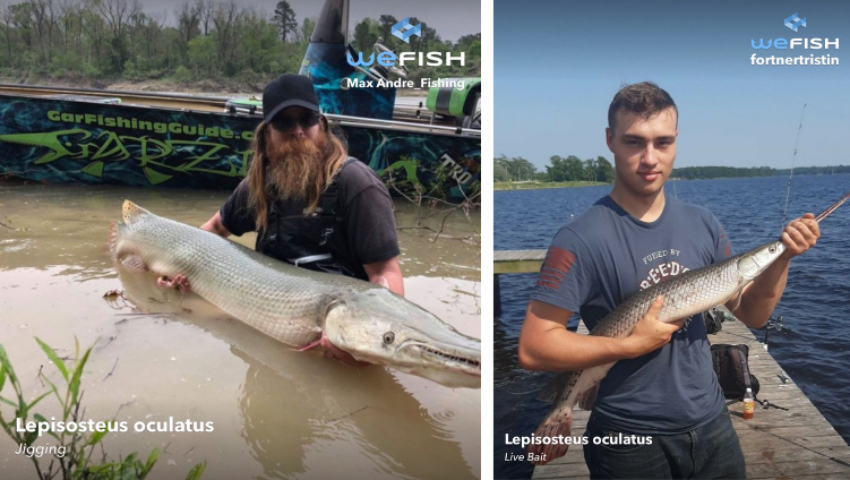
Best conditions to catch gar
The activity of this species typically starts at the end of May, is at its peak in summer, and generally lasts into September, October and even the start of November. When water temperatures rises (from 70°F to 90°F) gar feed more actively and there’s a lot of surface activity, so hot summer months as July and August are best for catching gar. The best days are hot, clear, and sunny because they can see the lures and you can see the fish near the surface.
But if you really want to be sure of the optimal weather conditions to catch the gar, we recommend using the WeFish Fishlab. When you record your different catches of gar in your fishing diary, thanks to Fishlab you will be able to experiment with them and discover under what weather conditions you catch this species the most: air and water temperature, wind speed, months of the year, moon phases, pressure atmospheric… so it is impossible to fail!
Types of fishing or techniques
There are different fishing techniques to catch the gar, each fisherman will use the one that seems most convenient depending on the area in which he is, his experience and skills and the fishing gear he has available. Some of them are:
Fly-fishing with rope lures is highly effective. This lures are cast near surfacing gars, which seem to find it irresistible. When one strikes, the nylon threads tangle in its teeth, holding it securely and no hooks are required.
Trolling from a boat is also a good way when fishing for gar. You can mix both modalities putting together trolling lures on fly fishing rods. The tip is to move slowly moves along the water and also to use a float up the line from the lure to keep it off bottom.
Fishing topwater plugs is so common too but you will have to be patient. When sighting a gar on the surface, cast a baitfish-imitation plug in front of the fish. Then, the fish will soon go toward the bait with a furtive flick of its fins but moving very slowly so don’t move the lure yet. As soon as you move the lure… surprise! The gar will immediately go for his prey.
Other option is to use live bait to catch Gar, for example live shiners or cut common carp set on the hook together with a bobber. The hook is often fastened by strong braided line to a steel leader, with or without a weight, and fished suspended or on the bottom of a river or lake. Every time you throw a bait out, it’s like casting into a castle moat full of alligators, it won’t be safe and predecible but is funny and risky at all!
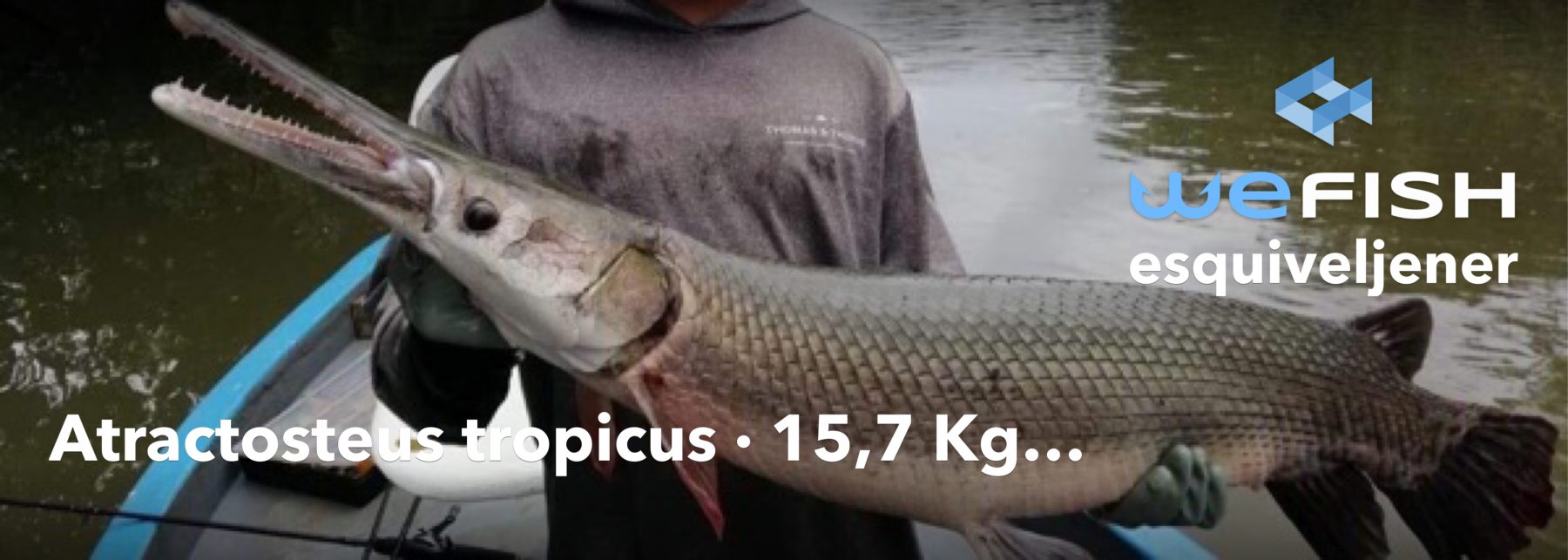
Fishing equipment when catching Gar
For common gars it’s needed a durable rod and reel with 15 to 25 pound line. If it is a big gar it’s essential to use heavy tackle: resistants rod and reel and 30 to 80 pound line. In both cases it’s recommended to use several feet of steel leader as insurance against the gar’s sharp teeth and violent thrashing. When gar are sluggish or on bottom, you can use a weighted lure adding a bullet sinker from 1/4 to 1/2 ounce, depending on how deep you are fishing.
As it’s a difficult fish to hook, it’s recommended a large 9/0 or 10/0 J-hook or strong treble-hook and a powerful hookset to penetrate the mouth just after the fish takes the bait.
Often, using a large slip-float on the fishing line can help an angler identify the direction a fish is oriented before setting a hook. You could probably catch one on a smaller in-line spinner or minnowbait, or on a live minnow presented under a float.
Tip: Wearing a fish-handling glove is a good idea when grabbing gar by the snout.
Of course, the tackle required when fishing for gar it will also depend on the modality used to catch it. For example, if we talk about fly fishing it’s recommended a 9- to 10-weight rod matched with a weight-forward floating line, tied on a 20 pound mono leader about 4 to 5 feet long. Most gar anglers use specialized lures, hookless baits designed to entangle in the gar’s teeth, previously referred to as rope lures.
[quiz-cat id=”8034″]
So far, everything you need to know to fish for gar, a star species for American freshwater fishermen. If you have any questions or contributions to make, do not hesitate to leave us a comment! Download the best fishing app for free to plan your journey the next time you go fishing for a gar.



